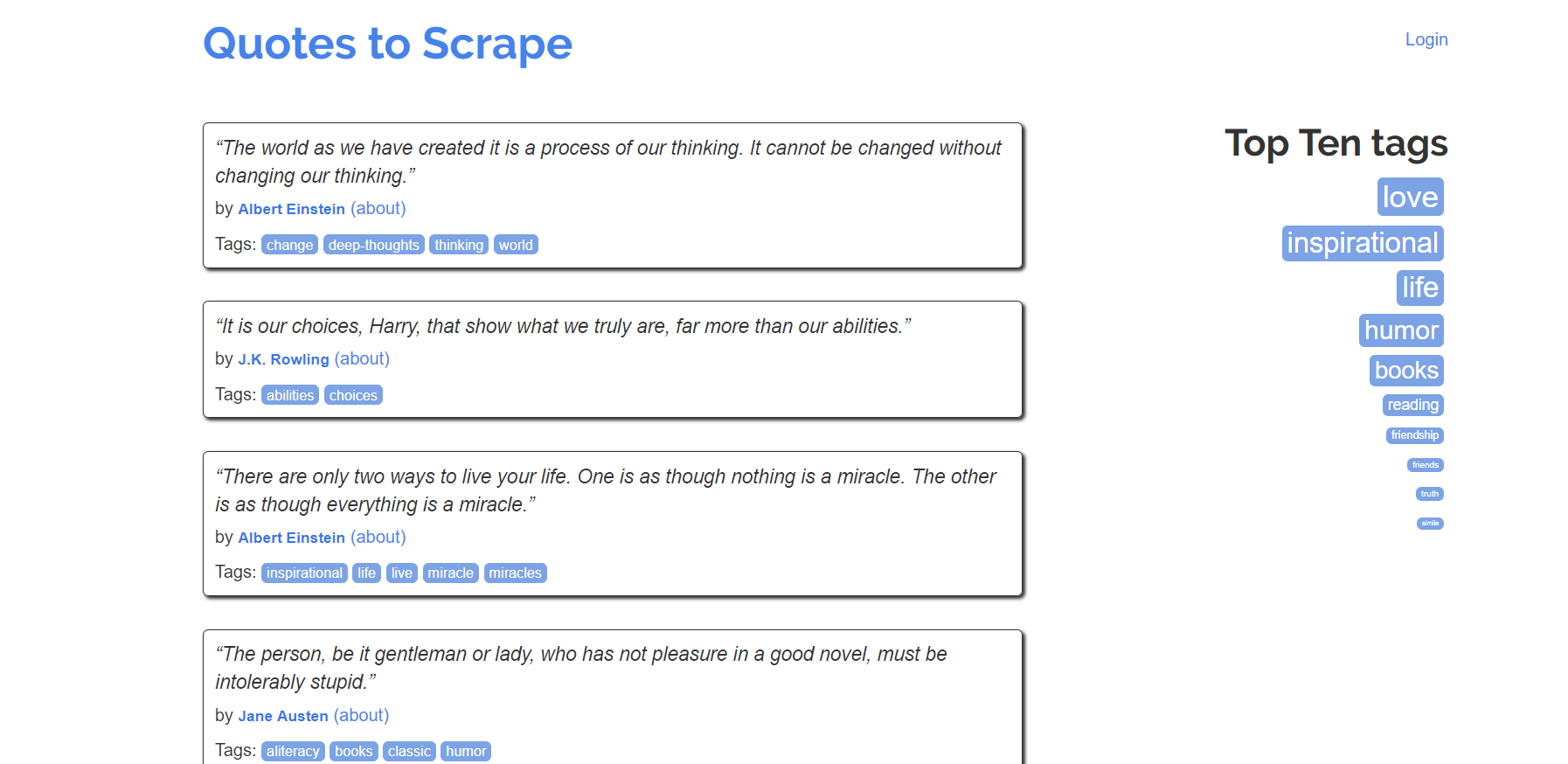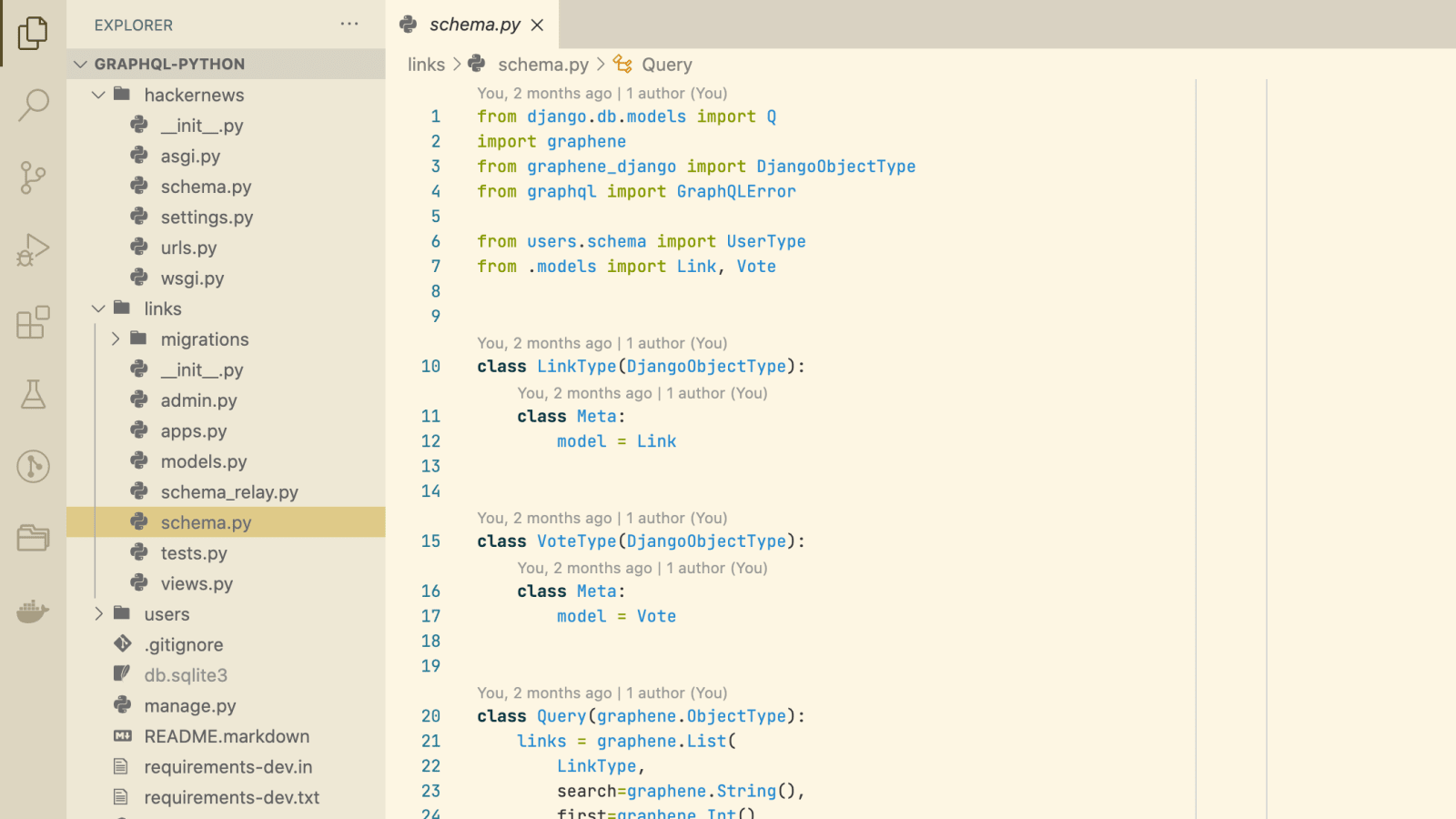

#fitting the model on the training dataset #compiling the defined model with metric = accuracy and optimiser as adam. Layer_activation(activation = 'relu') %>% Classifying MNIST handwritten digits using an MLP in R Let us start with building a very simple MLP model using just a single hidden layer to try and classify handwritten digits.ģ.

Python for mac 2017 install#
To install the tensorflow version with GPU support for a single user/desktop system, use the below command.įor multi-user installation, refer this installation guide. Use the below command to download the CPU version of tensorflow. Now it is time to load keras into R and install tensorflow.īy default RStudio loads the CPU version of tensorflow. The above step will load the keras library from the GitHub repository. Just follow the below steps and you would be good to make your first Neural Network Model in R.ĭevtools::install_github("rstudio/keras") The steps to install Keras in RStudio is very simple. Installation of Keras with tensorflow at the backend.
Python for mac 2017 how to#
But with the release of Keras library in R with tensorflow (CPU and GPU compatibility) at the backend as of now, it is likely that R will again fight Python for the podium even in the Deep Learning space.īelow we will see how to install Keras with Tensorflow in R and build our first Neural Network model on the classic MNIST dataset in the RStudio. Python was slowly becoming the de-facto language for Deep Learning models. With the launch of Keras in R, this fight is back at the center. I personally switched to Python from R simply because I wanted to dive into the Deep Learning space but with an R, it was almost impossible.

But with the explosion of Deep Learning, the balance shifted towards Python as it had an enormous list of Deep Learning libraries and frameworks which R lacked (till now). The Machine Learning world has been divided over the preference of one language over the other. It has always been a debatable topic to choose between R and Python.


 0 kommentar(er)
0 kommentar(er)
